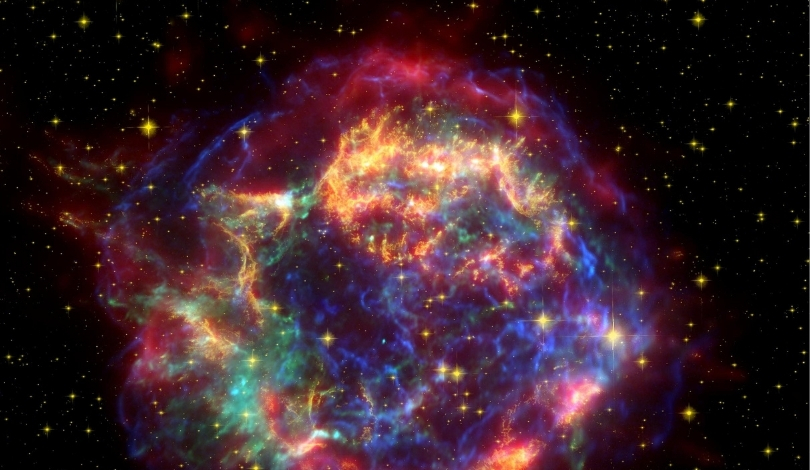China has entered the crowded arena of Low Earth Orbit (LEO) with its new ‘Thousand Sails’ satellite constellation. This ambitious project aims to enhance global communication networks and compete with established players like SpaceX’s Starlink. The launch signifies China’s commitment to expanding its presence in space and leveraging satellite technology for various applications.
In the past, LEO satellite deployments were primarily dominated by a few key players, limiting global coverage and competition. With the introduction of China’s Thousand Sails, the number of satellites in orbit is set to increase significantly, potentially altering the dynamics of space-based services. This expansion reflects the growing demand for satellite internet and the strategic importance of space infrastructure.
How Will Thousand Sails Impact the Satellite Landscape?
China’s Thousand Sails initiative plans to deploy an initial 1,296 satellites by 2027, with aspirations to expand to 12,000 satellites by the 2030s. This large-scale deployment will enhance global internet coverage and support autonomous vehicle communications, positioning China as a major competitor in the satellite internet market.
What Are the Challenges for Astronomers?
“New observations with the LOFAR radio telescope have shown that the second generation ‘V2-mini’ Starlink satellites emit up to 32 times brighter unintended radio waves than satellites from the previous generation,”
highlighting the increasing interference with astronomical research. The addition of more satellites like Thousand Sails exacerbates the issue, making it harder for astronomers to conduct clear observations of the night sky.
What Measures Are Being Taken to Mitigate Issues?
SpaceX has implemented several mitigation strategies, such as using sun visors and angling solar arrays to reduce satellite brightness. However, with the rapid increase in the number of satellites from various companies, including China’s Thousand Sails, maintaining these standards becomes increasingly challenging. Collaborative international efforts may be necessary to address the growing congestion in LEO.
Efforts to manage the proliferation of satellites include developing international guidelines and technologies to minimize their impact on both the environment and scientific research. The situation with Thousand Sails adds urgency to these initiatives, as the number of satellites continues to grow at an unprecedented rate. Balancing the benefits of global connectivity with the need to preserve the natural night sky remains a critical issue.
As satellite constellations expand, it becomes essential for stakeholders to prioritize sustainable practices in space deployment. This includes not only reducing light pollution but also ensuring the long-term manageability of satellite traffic to prevent collisions and space debris accumulation. The Thousand Sails project exemplifies the broader trends and challenges faced by the global satellite industry.
The increasing number of satellites like Thousand Sails and Starlink underscores the importance of international collaboration in space governance. Establishing standardized protocols can help mitigate negative impacts on astronomy and ensure that space remains a viable environment for both commercial and scientific endeavors.
China’s Thousand Sails significantly increases satellite numbers in LEO.
Mitigation efforts are crucial to protect astronomical research.
International collaboration is needed to manage space congestion.










